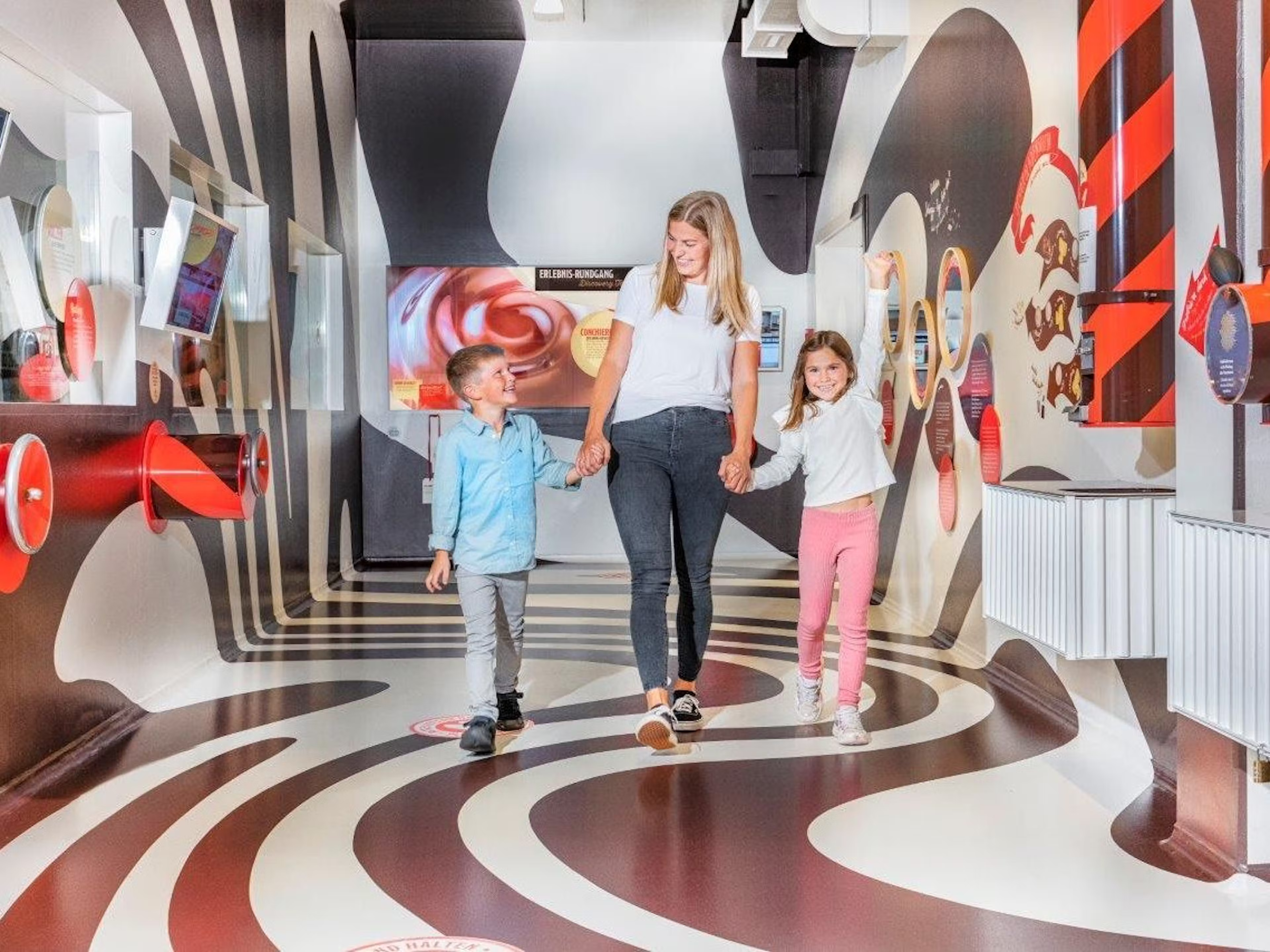
Ticket
High demandTicket Chocolarium Flawil
Duration: 1 hour
booked 654 times
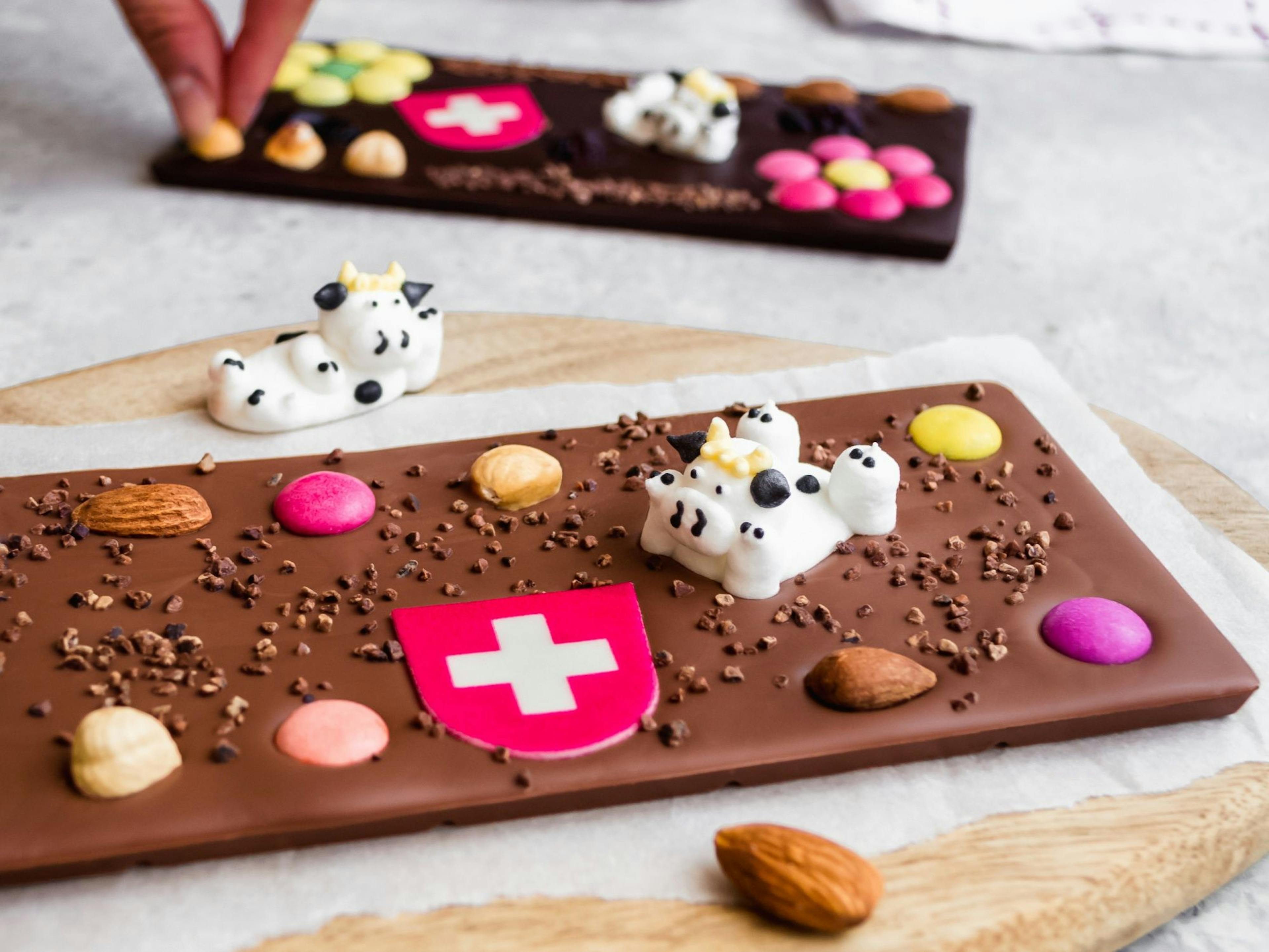
4 Activities
Filter
Better than 4.5 stars
Better than 4 stars
Better than 3.5 stars
Better than 3 stars
No Rating

Ticket
High demandTicket Chocolarium Flawil
Duration: 1 hour
booked 654 times

Ticket
High demandTicket Maison Cailler Chocolate Factory
Duration: 1 hour
booked 125 times
Why book with Swiss Activities?

Ticket
Lindt Home of Chocolate Museum Ticket
Duration: 1:30 hours or 2 hours

Tour
Ticket Lindt Home of Chocolate Museum incl. guided tour
Duration: 1:30 hours

Ticket
High demandTicket Chocolarium Flawil
Duration: 1 hour
booked 654 times

Ticket
High demandTicket Maison Cailler Chocolate Factory
Duration: 1 hour
booked 125 times
Why book with Swiss Activities?

Ticket
Lindt Home of Chocolate Museum Ticket
Duration: 1:30 hours or 2 hours

Tour
Ticket Lindt Home of Chocolate Museum incl. guided tour
Duration: 1:30 hours
Certain things go hand in hand.
Laurel and Hardy. Timon and Pumbaa. Summer and ice cream.
The inseparable pair we are looking at in this case has nothing to do with overweight warthogs or clumsy comedians, but with the world-famous symbiosis "Switzerland and chocolate".
It is no secret that we love the sweet temptation. After all, chocolate consumption by the Swiss ranks first in Europe. In 2019, Mr. and Mrs. Switzerland consumed a remarkable 10.4 kg of chocolate per person, while our neighbors in Germany came in second with 8.8 kg.
Whether this is a podium position to be proud of remains to be seen. The fact is, however, that Switzerland is famous for its chocolate. And this is not least because the chocolatiers at Lindt invented milk chocolate through a mishap in 1879.
As you can imagine, tons of chocolate is made in Switzerland every day. To the delight of all sweets lovers, there are several chocolate factories that open their doors to visitors. So if you want to catch a glimpse behind the scenes of one of Switzerland's most important flagships, you've come to the right place.
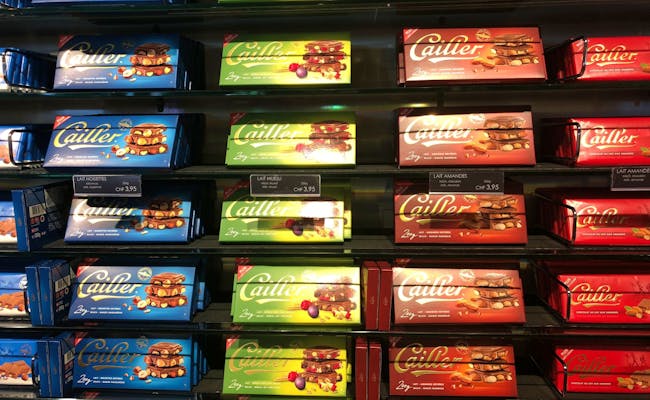 In der Schweiz wird sehr viel Schokolade konsumiert.
In der Schweiz wird sehr viel Schokolade konsumiert. Dazu gehört unter anderem Toblerone, Lindt, Cailler, Ragusa und viele mehr.
Dazu gehört unter anderem Toblerone, Lindt, Cailler, Ragusa und viele mehr.The person behind this famous chocolate brand is called Aquilino Maestrani. In 1852, this ambitious entrepreneur and tinkerer founded the company and thus left his mark on Swiss chocolate history. The Maestrani company also owns the Munz and Minor brands, which are indispensable in any supermarket in this country.
Today, about 3,500 tons of Maestrani products are produced annually, which corresponds to the weight of about 600 adult African elephants. Of these, 35% leave Switzerland as export goods, while the remaining 65% are sold in Switzerland.
Chocolate. Not elephants. 🙂
Maestrani's assortment includes such classics as the delicious "Munz-Prügeli", the chemical and sticky Munz Banana - which evokes either positive or negative childhood memories in every Swiss - the Minor chocolate sticks often served with coffee, or the cute lucky bugs.
Maestrani doesn't just produce chocolate, however. Caramel bars, fruit jelly creations and marzipan mice are also in their territory.
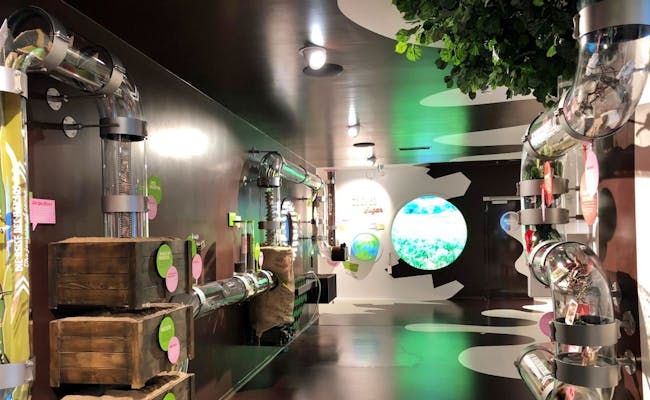 Besuch im Chocolarium
Besuch im Chocolarium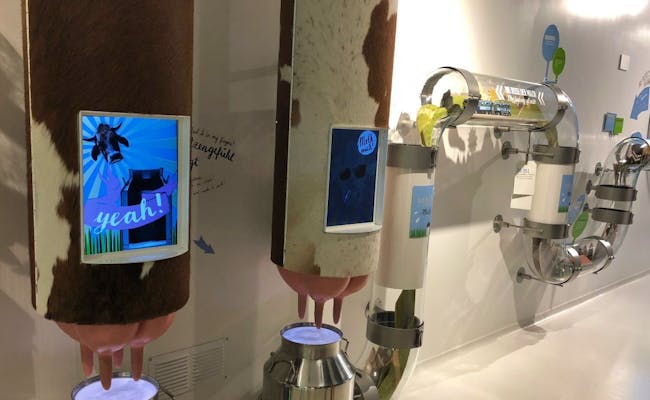 Kuhmelken im Chocolarium
Kuhmelken im ChocolariumAt the Chocolarium, everything revolves around the question of how happiness gets into chocolate. After all, that's the burning question, right?
An interactive experience path leads you through the history of Swiss chocolate and the Maestrani brand for about an hour, passing tasting stations like chocolate fountains or cocoa nib bowls, right into the world of production with a 100-meter-long chocolate machine, and finally to the shop, where you'll encounter an abundance of Maestrani creations.
In the show confectionery, you have the chance to decorate your own chocolate bar and take it home as a memento. If your stomach can handle it after this culinary adventure, the Schoggi Café awaits you at the end with more offerings.
| People | Chocolarium Entrance | decorate your own table |
|---|---|---|
| Adults | 14 | 10 |
| Children (6-16 years) | 8 | 10 |
| Seniors, Students, Apprentices | 10 | 10 |
| Families (2 Adults, 3 Children) | 34 | 10 per table |
If you’re considering a visit to the cheese factory in Stein, Walterzoo in Gossau or the treetop path in Neckertal along with the chocolate factory, the combo ticket offering a discount at the Chocolarium might be perfect for you.
The Chocolarium is located in Flawil in the canton of St. Gallen. If you’re driving, you can reach the chocolate factory via the A1 motorway and the Oberbühren exit. To get there by public transport, take the train to Flawil or Uzwil and then switch to the post bus until you reach the stop “Maestrani".
 Schokoladenbrunnen im Chocolarium
Schokoladenbrunnen im Chocolarium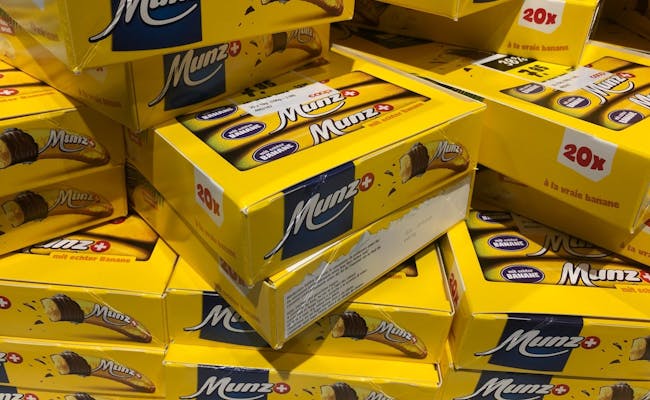 Munz Bananen
Munz BananenOf all the Swiss chocolate brands, Lindt is the one most likely to be found in the farthest corners of the globe. There is hardly a supermarket that does not offer a Lindt product in some form. Not to mention the airports.
The name behind the world-famous Lindor balls and golden chocolate bunnies has its origins in the late 19th century. Initially known as Lindt & Sprüngli, production started in 1899 in Kilchberg on Lake Zurich.
Originally, chocolate was a rather bitter and inedible affair. But by the happy coincidence that the conching machine was not switched off one Friday afternoon at the Lindt company in 1875 and the bitter mass continued to be stirred without interruption until Monday, the sweet and creamy milk chocolate that continues to seduce us today was born.
Hurray for forgetfulness!
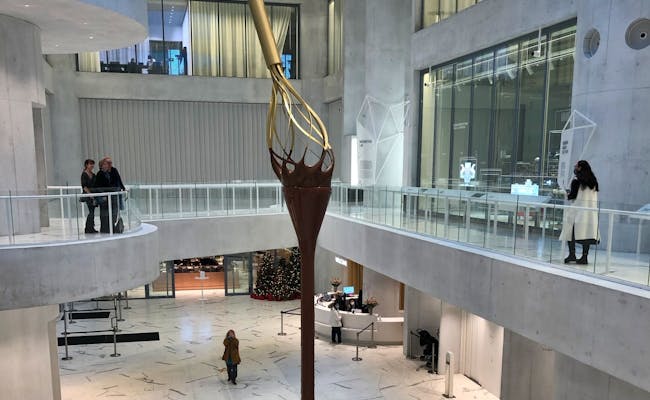 Schokoladenbrunnen Lindt Home of Chocolate
Schokoladenbrunnen Lindt Home of Chocolate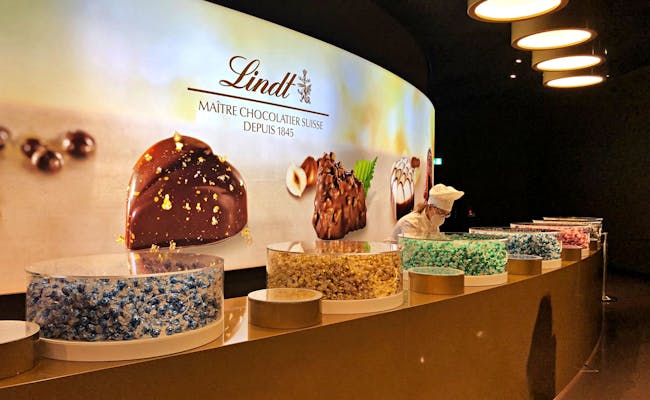 Degustation in Home of Chocolate
Degustation in Home of ChocolateThe Home of Chocolate opened in the midst of the pandemic in September 2020. It's safe to say that it is a project of superlatives. In one of the world's largest chocolate fountains, a full 1,500 kg of chocolate circulate at a height of over nine meters, and at 500 m², the Lindt store in the Home of Chocolate is the largest of its kind.
A museum explains everything about the history of chocolate as well as the origin of its ingredients before moving on to the infamous tasting hall. In here, three chocolate fountains are available for boundless tasting opportunities. If there's one room you won't want to leave in a hurry, it's this one.
Or maybe it's the buffet that follows, where you can eat your fill of various types of Lindor balls?
Afterwards, you'll get a glimpse of Lindt's testing facility, where they're constantly working on new creations and treats. This is the second last step before you can redeem your entrance ticket for a surprise and the tour is over.
| People | Entry Chocolate World | Creative Workshop with All Senses | Molding and Refining Workshop |
|---|---|---|---|
| Adults | 15 | 28 | 36 |
| Children (8-15 years) | 10 | 28 | 36 |
| Seniors (AHV, IV), Students, Apprentices | 13 | 28 | 36 |
The Home of Chocolate is located in Kilchberg on the southern shore of Lake Zurich, just like the chocolate factory that opened in 1899.
We recommend using public transport to get there, as the location is perfectly connected to the public transport network in the Zurich region. Regular buses and trains run to and from Zurich main station.
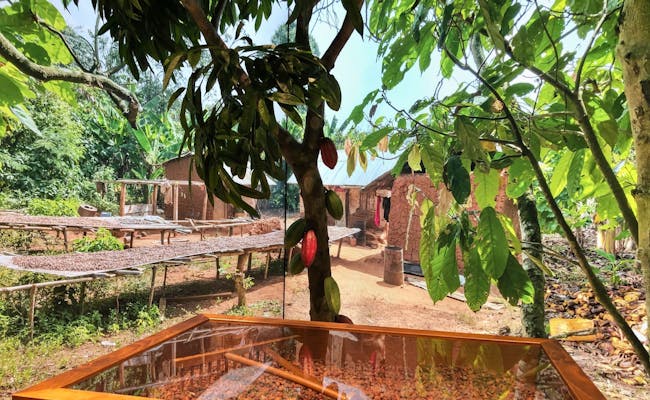 Lindt Ausstellung
Lindt Ausstellung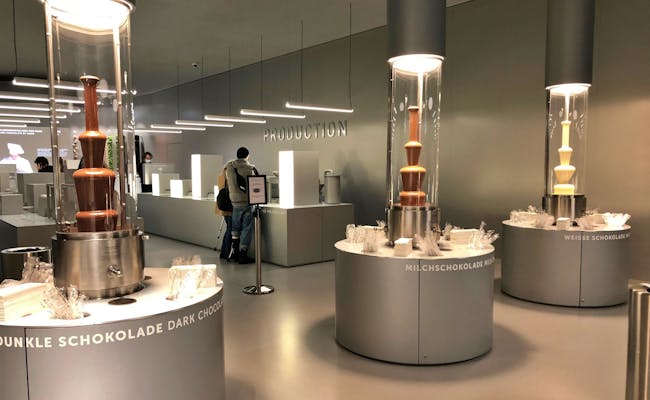 Raum der Schokoladenbrunnen
Raum der SchokoladenbrunnenIn Switzerland, the names Ragusa and Torino are not primarily associated with southern cities, but with creamy chocolate.
Because of the melodious name, chocolatier Camille Bloch named his hazelnut chocolate creation in 1942 after the city of Ragusa, now Dubrovnik in Croatia. With Torino chocolate, a second delicacy was added in 1950, which still turns heads all over Switzerland today.
Chocolats Camille Bloch is a Swiss family business founded in Bern in 1929. Today, the company is run by the third generation and new creations are constantly coming onto the market.
With an annual production volume of 3,700 tons, Camille Bloch weighs about 15 adult elephants more than Maestrani. Comparatively little of this is exported. Only 20% ends up abroad.
We prefer to eat the rest ourselves.
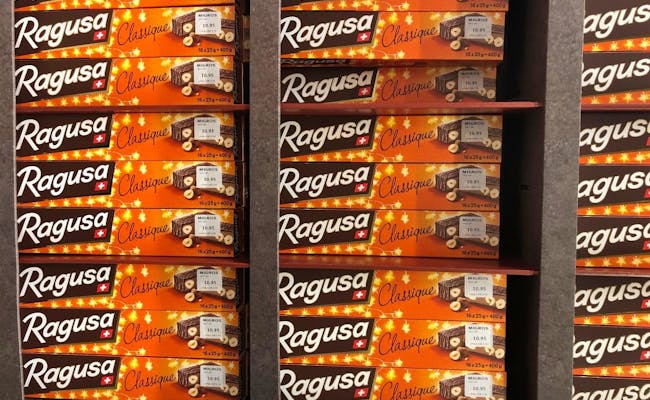 Ragusa wird von Camille Bloch hergestellt.
Ragusa wird von Camille Bloch hergestellt.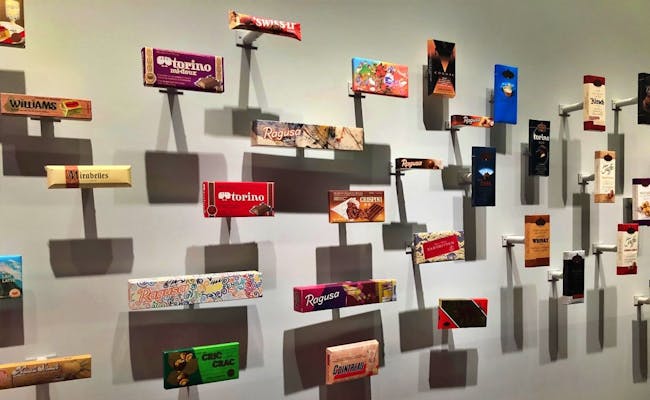 Geschichte der Camille der Bloch Verpackungen
Geschichte der Camille der Bloch VerpackungenThe factory where the Ragusa and Torino treats are made cannot be visited directly. Instead, Camille Bloch has built a visitor center right next to the chocolate factory, where you can see the production process up close.
After a short trip through the history of Camille Bloch and Swiss chocolate after the First World War, the tour takes you past two chocolate fountains and two snack columns with nuts and cocoa beans. However, we recommend you keep a low profile in this area, as you'll regret it by the time you get to the demonstration areas at the latest.
In the next section of the visitor center, two chocolatiers will show you step by step how the Ragusa and Torino chocolate sticks are made. Of course, you can help yourself to whatever you like afterwards, and no one will tell you that your sugar level has been reached for the day.
Simply paradisiacal circumstances.
Finally, in the café and store, you have the opportunity to treat yourself to more sugar bombs or even create your own personalized Ragusa gift box. If you'd like to try your hand at chocolatiering yourself, there's an opportunity to do so in one of the ateliers.
| People | Admission World of Experience |
|---|---|
| adults | 15 |
| children (6-16 years) | 9 |
| pensioners (AHV,IV), students | 13 |
Chez Camille Bloch is located in Courtelary, a village in the Bernese Jura. By car you can reach Courtelary in 20 min from Biel and La Chaux-de-Fonds or in 60 min from Bern and Fribourg. By train you can easily reach Courtelary via Biel or La Chaux-de-Fonds, followed by a five-minute walk
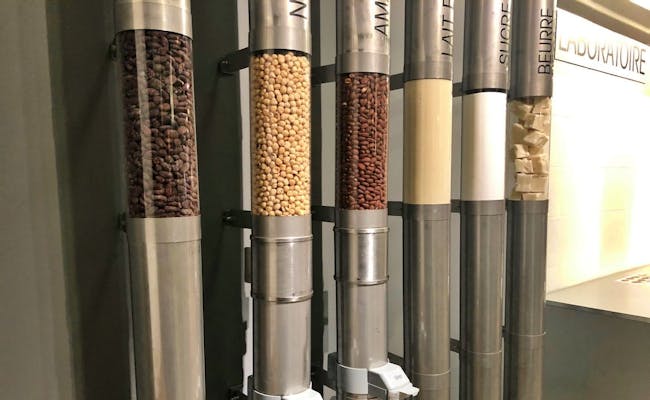 Die Degustation kommt nicht zu kurz.
Die Degustation kommt nicht zu kurz. Probiere frisch hergestellte Schokolade.
Probiere frisch hergestellte Schokolade.Cailler is the oldest chocolate brand in Switzerland and has its roots in Vevey by Lake Geneva. Since 1819, Cailler has been shaping the Swiss chocolate scene, and this name is a staple in every supermarket.
At the end of the 19th century, a new location was opened in the Gruyère region – which you might have heard of in connection with a particular Swiss cheese variety. For over 100 years, the production of the infinitely diverse Cailler range has taken place in this factory.
What you might not know is that Cailler merged with Nestlé in 1929. This empire also includes well-known names like Frigor and Fémina.
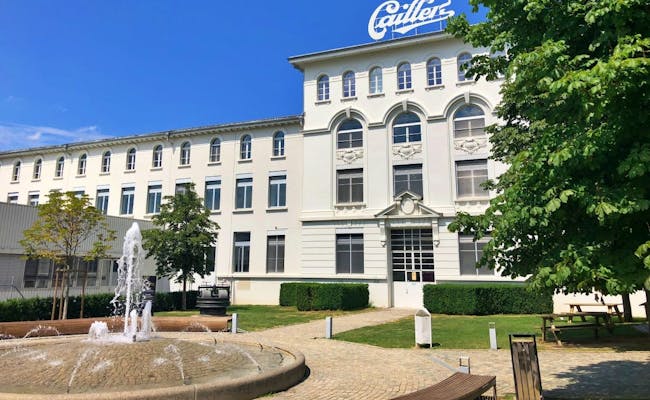 Maison Cailler in Broc
Maison Cailler in Broc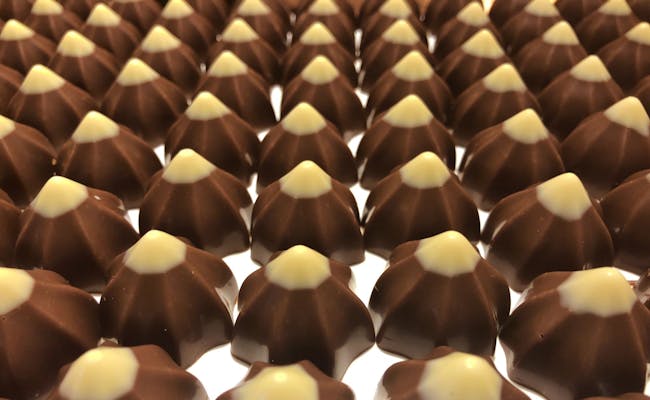 Cailler Degustation in Broc
Cailler Degustation in BrocLa Maison Cailler is Cailler's visitor center, which was ceremoniously opened in 2010. In its lovingly decorated museum, you'll be guided through the history of Swiss chocolate - starting with the cocoa beans in the jungle and ending with the Swiss cows.
As a little forewarning, it must be said here that the first few minutes of the tour are somewhat reminiscent of a ghost train and it is not uncommon for children to start crying in the gloomy surroundings. In the early days of chocolate, the Aztecs were not always peaceful..
After this first part, however, things become cheerful again and, at the latest at the creatively designed nibbling stations, the initial mischief is water under the bridge. Before you reach the actual tasting hall with a generous selection of Cailler chocolates, you are guided past a machine that lets you follow the entire production line of a Cailler chocolate stick.
You can round off your visit with culinary delights and pick up a souvenir or two along the way in the café and store.
Entry to la Maison Cailler costs 15 CHF for adults. In various workshops, you can try your hand as a chocolatier and take home your own creation.
| People | Entry Maison Cailler |
|---|---|
| Adults | 15 |
| Children (6-15 years) | 5 |
| Seniors (AHV, IV), Students | 12 |
La Maison Cailler is located in Broc, a village in the canton of Fribourg near Lake Gruyère. You can reach Broc Fabrique station by train via Fribourg and Bulle. If you are driving, take the A12 motorway between Bern and Lausanne, exiting at Bulle.
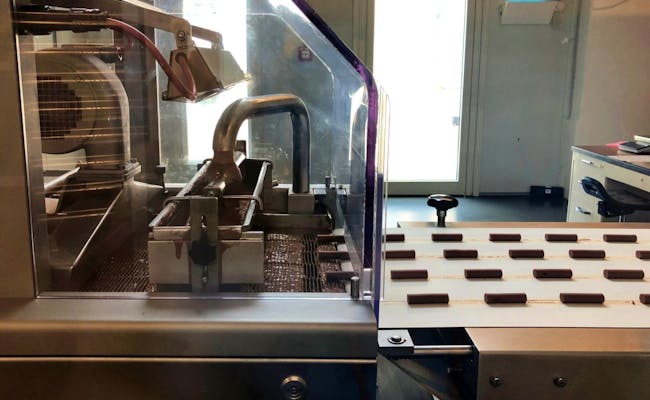 Herstellung von Cailler Schokolade
Herstellung von Cailler Schokolade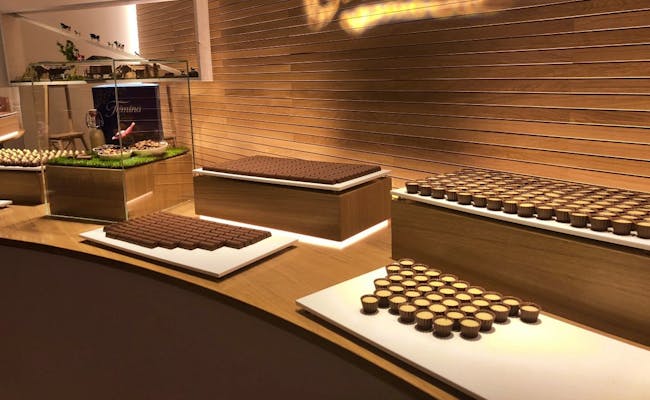 Degustation à la discretion
Degustation à la discretionWho doesn't know it...?
The delicious broken chocolate with nuts, cornflakes, caramel pieces, smarties, raisins, coconut chips and many other creative ingredients. Hardly any shop window is as attractive as that of a Läderach store. Be it at the airport, on Bahnhofstrasse in Zurich or on Marktplatz in St. Gallen.
But pralines, chocolate-covered popcorn or the legendary "MiniMousses" are also part of this Swiss chocolatier's specialties.
The Glarus-based family business was founded in 1962 and has had an impressive career. Läderach is now represented all over the world with over 80 branches in 15 countries. And the trend is upwards. A highlight in Läderach's history was certainly the year 2018, when Elias Läderach won the title of "World Chocolate Master" at the Chocolate World Championship.
By the way, the masterpiece of the Chocolate Master can be seen in the House of Läderach. And yes, it is indeed made of chocolate, even if it looks more like a glass sculpture.
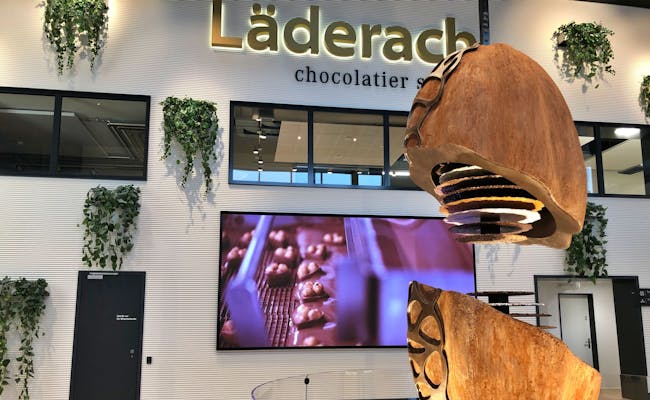 House of Läderach in Bilten Glarus
House of Läderach in Bilten Glarus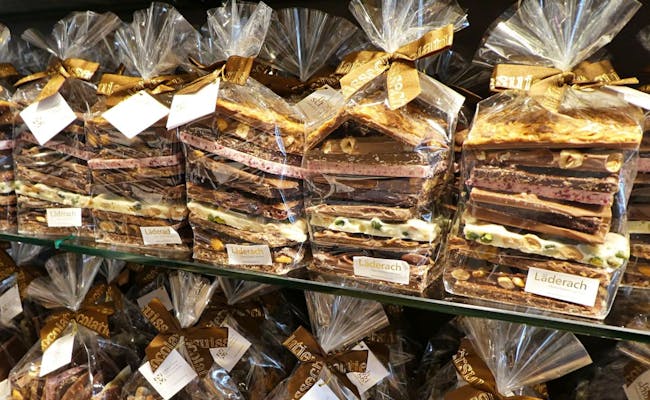 Bruchschokolade von Läderach
Bruchschokolade von LäderachLike the Lindt Home of Chocolate, the House of Läderach opened its doors in the fall of 2020. Pandemic or not.
Upon entering the visitor center, you are immediately greeted by the sweet smell of chocolate and handed a piece of chocolate and a porcelain spoon as a ticket. You can choose between various tours or take the tour on your own.
A favorite of many visitors, apart from the three-piece chocolate fountain of course, is the direct insight into the production. The last part of a guided tour leads into the production hall where the chocolate is made. However, it is not processed here. At Läderach, all creations are made by hand, which is why you can "only" observe the manufacturing process of the liquid chocolate here.
Speaking of liquid chocolate.
The House of Läderach has a chocolate fountain from which white, light brown and dark chocolate flows simultaneously. This is where your porcelain spoon from the entrance comes in handy and you get to test your way through the sweet streams to your heart's content.
At the House of Läderach, you have several options. A simple, self-guided tour of the chocolate museum costs CHF 5. The ticket is also a CHF 5 voucher for the chocolate store. Please note that this short tour does not give you an insight into the production. For the visit you can calculate about 30 min.
The guided tours cost between 40 CHF and 60 CHF.
The House of Läderach is located in Bilten in the canton of Glarus. By train you travel from Zurich, Chur or St. Gallen to Ziegelbrücke and change there to the bus to Bilten. By car you reach your destination via the A3 between Zurich and Chur via the Bilten exit.
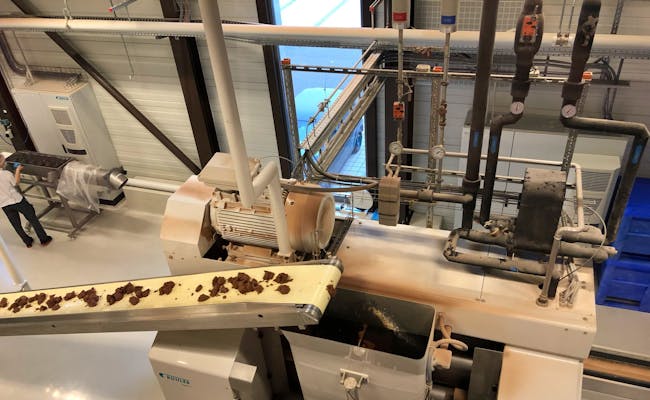 Herstellung der Flüssigschokolade von Läderach
Herstellung der Flüssigschokolade von Läderach Dreiteiliger Schokoladenbrunnen
Dreiteiliger SchokoladenbrunnenIn addition to all the big names in the Swiss chocolate landscape, there are some smaller, less familiar players that aren't any less noteworthy. One of these is undoubtedly the Aeschbach manufactory, a family business that was founded in Zug in 1972.
One product from the house of Aeschbach that is likely to be familiar to every Swiss is the Schokoladentaler. Also known as "Schoggitaler". It is often sold by primary school students to raise money for a good cause.
Apart from the Schoggitaler, Aeschbach produces a variety of chocolates, chocolate bars, seasonal creations and other house specialties.
In Aeschbach's ChocoWelt, as the name suggests, you can immerse yourself in the world of chocolate. During the interactive tour, you will learn all about the history of chocolate and the production of Aeschbacher's house specialties
Of course, the journey of the cocoa bean with all its tasting possibilities is not to be missed. And the contact with the chocolatiers, who are happy to answer questions and hand out samples, is not neglected on the tour.
After the tour, you can stock up on the specialties of the Aeschbach Chocolatiers in the store and café.
Admission to Aeschbach's ChocoWelt costs CHF 15 for adults. As with Läderach, this price includes a voucher of 5.- CHF which can be redeemed in the café or in the store. For an additional CHF 10, you can decorate your own 200 g chocolate bar as part of ChocoWelt Plus and take it home as a souvenir.
| People | Admission to ChocoWelt | ChocoWeltPlus (200g bar you create yourself) |
|---|---|---|
| adults | 15 | 10 |
| children (6-16 years) | 8 | 10 |
| retirees (AHV,IV) | 13 | 10 |
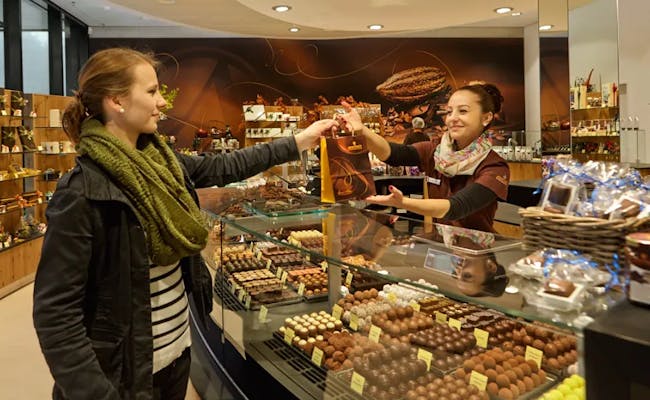 Shop in Aeschbach's ChocoWelt (Foto: MySwitzerland)
Shop in Aeschbach's ChocoWelt (Foto: MySwitzerland)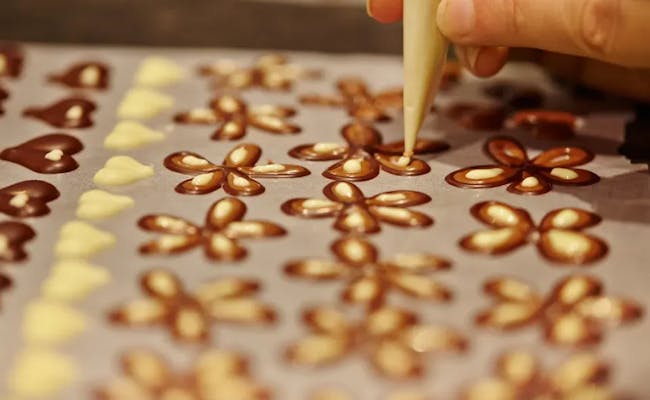 Aeschbach's ChocoWelt (Foto: MySwitzerland)
Aeschbach's ChocoWelt (Foto: MySwitzerland)Aeschbach’s ChocoWelt is situated in Root, near Lucerne. You can get to the "Root D4" stop in just ten minutes by train from Lucerne. If you're driving, take the A14 motorway between Lucerne and Zurich, then exit at Gisikon-Root.
For over 90 years, Chocolat Stella, based in Kreuzlingen by Lake Constance, has been producing high-quality chocolate. Their extensive range also caters to specialty requirements. At Chocolat Stella, you can find vegan, lactose-free, organic, Fair Trade, and even sugar-free chocolate. They also produce kosher and Halal chocolate.
Chocolat Stella allows businesses and private labels to create and produce their own chocolate. Here, promotional gifts, bars, semi-finished products, truffles, or ready-packaged chocolates are crafted. They export worldwide to over 50 countries.
You can try their specialties directly from production at three different factory shops in Giubiasco, Bellinzona, and Kreuzlingen. At the production site in Giubiasco, it's even possible to participate in a guided tour, which includes a look behind the scenes of the production facility as well as a tasting.
You can visit the factory shops and the Chocolat Café in Kreuzlingen for free. If you're interested in a guided tour in Giubiasco, you have the opportunity on weekdays in the morning and afternoon for about an hour.
The tour must be booked at least three weeks in advance and costs 5 CHF for adults, while children pay 3 CHF.
The headquarters of Chocolat Stella is in Kreuzlingen by Lake Constance, where you'll find a factory shop and Café Stella.
In Ticino, there are two more factory shops—one in Bellinzona and one in Giubiasco.
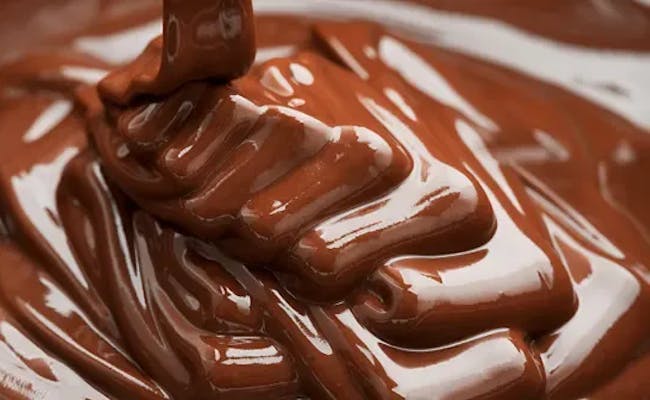 Chocolat Stella (Foto: MySwitzerland)
Chocolat Stella (Foto: MySwitzerland)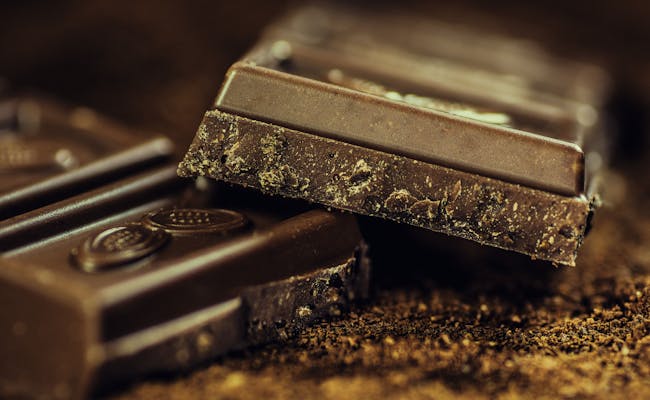 Dunkle Schokolade (Foto: Pixabay)
Dunkle Schokolade (Foto: Pixabay)Watching chocolate being made is one thing. But actually getting hands-on and creating your own chocolate bar is something entirely different. At the Funky Chocolate Club in Interlaken, you have just that opportunity.
The Funky Chocolate Club has been around since November 2014. Ever since, chocolate lovers from all over the world have gathered here to craft their own chocolate, guided by professionals. In a workshop, you'll be equipped with an apron, chef's hat, and all sorts of ingredients you need to decorate your chocolate bars.
During the workshop, a professional chocolatier will teach you how to temper chocolate properly and what it takes to create a perfect chocolate bar. After that, it’s your turn to get creative and decorate your bars however you like. And of course, you can snack as much as you want while you're at it. At the end of the workshop, you get to take your creation home and show off everything you've learned. Just remember, the chocolate needs to cool for at least an hour before you can take it with you.
The workshop at the Funky Chocolate Club costs 69 CHF for adults. Kids aged 4 to 14 pay 59 CHF. Workshops are held four times a day in English and last about an hour.
The Funky Chocolate Club is located in the heart of Interlaken at Postgasse 10. You can reach it by foot from Interlaken West train station in about 5 minutes.
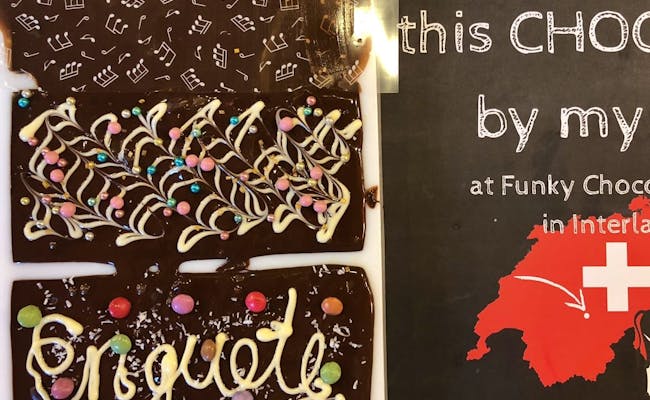 Stelle im Funky Chocolate Club deine eigene Schokolade her
Stelle im Funky Chocolate Club deine eigene Schokolade her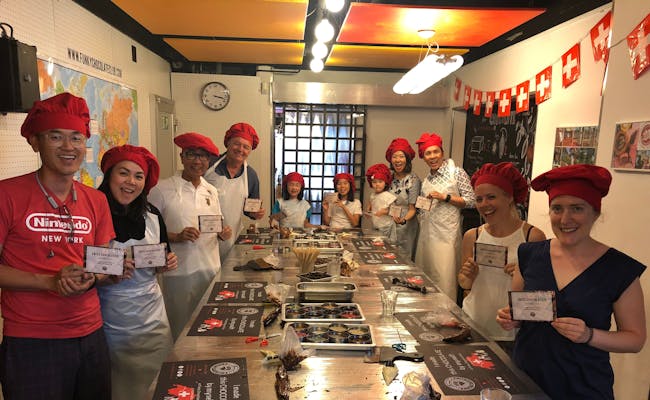 Funky Chocolate Club in Interlaken
Funky Chocolate Club in InterlakenAt the Verkehrshaus in Lucerne, you can not only marvel at all kinds of vehicles and planets but also dive into the world of chocolate.
The state-of-the-art chocolate theme world in the Swiss Chocolate Adventure combines fun with learning. The multimedia tour through the world of chocolate begins in a rolling cart that takes you through ten different rooms. Here, you'll learn in an entertaining way where chocolate comes from, how cocoa is grown, how the beans make their way to Europe, and how they are processed into the final product.
At the end of the tour, a tasting of various fine chocolates awaits you. In the Lindt Boutique, you can not only watch a professional at work three times a day and enjoy his creations right away, but also decorate your own chocolate with personalized labeling.
| People | Admission for Swiss Chocolate Adventure |
|---|---|
| Adults | 16 |
| Children (6-15 years) | 8 |
| Students | 12 |
You can find the Swiss Chocolate Adventure at the Swiss Transport Museum in Lucerne. It's accessible by public transportation (bus, train, or boat) or by car.
You can find the Swiss Chocolate Adventure at the Swiss Transport Museum in Lucerne. You can get there by public transport (bus, train, or boat) or by car.
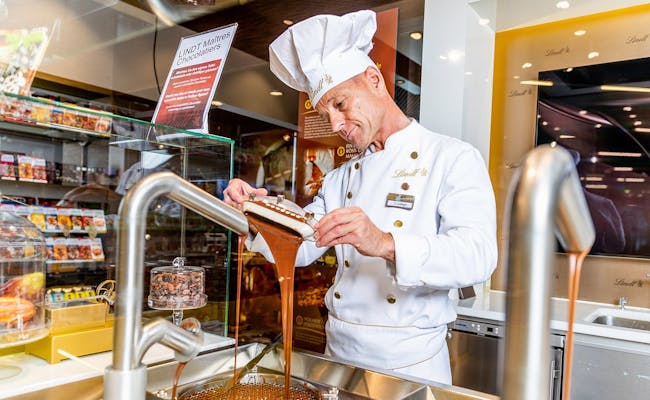 Maitre Chocolatier im Swiss Chocolate Adventure (Foto: Verkehrshaus Luzern)
Maitre Chocolatier im Swiss Chocolate Adventure (Foto: Verkehrshaus Luzern)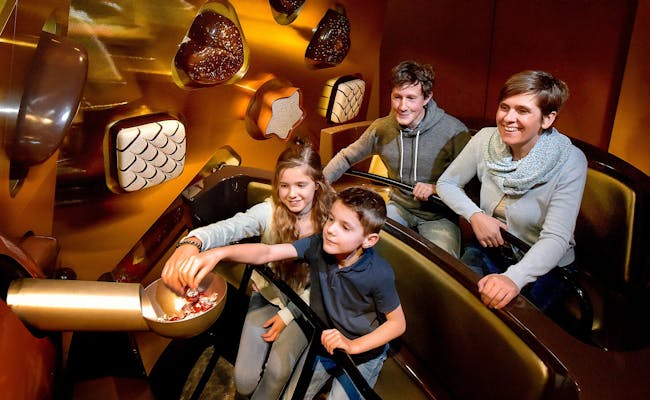 Rundfahrt im Swiss Chocolate Adventure (Foto: Verkehrshaus Luzern)
Rundfahrt im Swiss Chocolate Adventure (Foto: Verkehrshaus Luzern)In addition to all the chocolate factories with visitor centers and tours, there are many smaller chocolate manufacturers. Below, we’ll list some candidates you can visit.
In Lausanne and Yverdon-les-Bains, you’ll find L’Espace Chocolat Confiserie Moret, featuring up to 20 delicious and unique chocolate bars. You can also enjoy pralines, confections, and other treats here. All products are made and decorated on-site. And of course, there’s plenty to snack on while you pick your favorite indulgence.
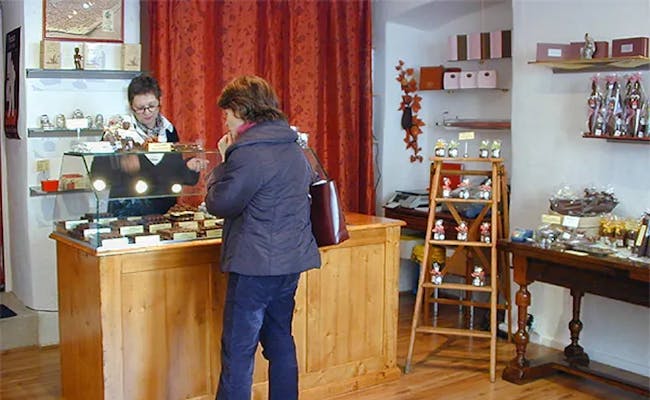 Espace Chocolat Confiserie Moret (Foto: MySwitzerland)
Espace Chocolat Confiserie Moret (Foto: MySwitzerland)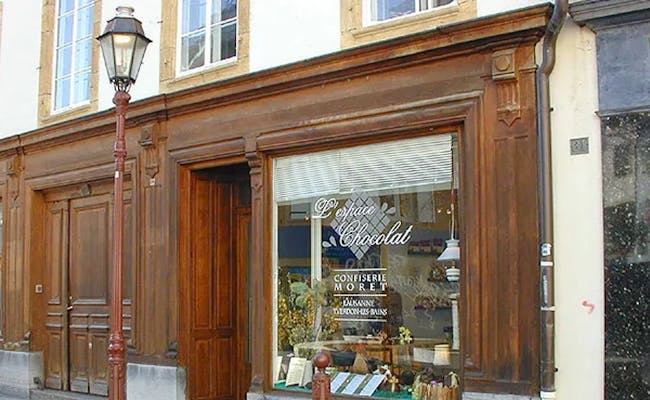 Espace Chocolat Confiserie Moret (Foto: MySwitzerland)
Espace Chocolat Confiserie Moret (Foto: MySwitzerland)As the name suggests, Schoggi.ch has a rich online store. However, you can also visit their factory store directly on site in Kempttal. Here you can expect specialties made of chocolate for upscale specialty stores at home and abroad. The family business has been producing fresh products for more than 70 years and has a high quality due to its great experience
During an exciting chocolate safari through the Garçoa chocolate factory in Zurich, you can discover the production process from cocoa bean to finished bar. You will learn exciting facts about cocoa and have the opportunity to snack in between. A safari takes about 60 to 90 minutes and costs CHF 20 for adults. Afterwards, you can stock up on your favorite chocolates in the store.
In the heart of Lucerne, Max Chocolatier awaits its guests with various tastings. Here you will find chocolates, chocolate bars, dragées, tasting boxes and many other products in the store
For a guided tasting or a chocolate workshop, pre-registration is necessary. During 45 to 90 minutes you will experience the craft up close and enjoy the view of the Lucerne lake basin. A visit to Max Chocolatier is also perfect as a team event
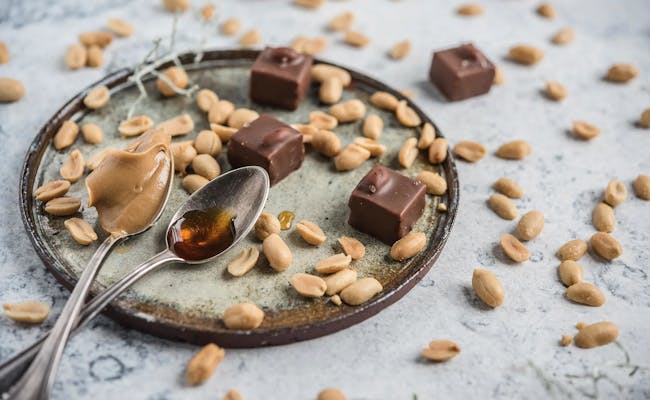 Max Chocolatier Luzern (Foto: MySwitzerland)
Max Chocolatier Luzern (Foto: MySwitzerland)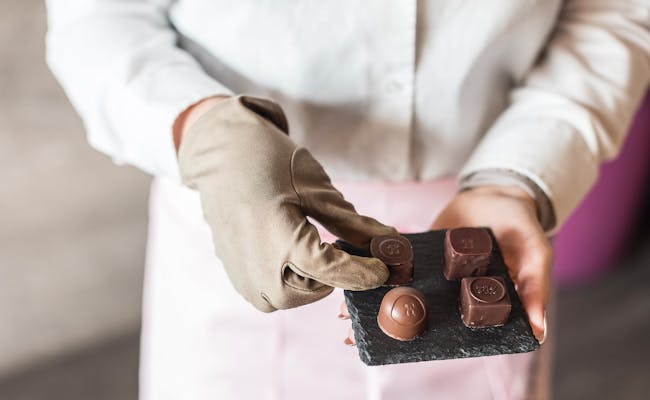 MaTasting bei Max Chocolatier (Foto: MySwitzerland)
MaTasting bei Max Chocolatier (Foto: MySwitzerland)Seasonal promotions and special offers await you at Schoggihüsli in Hinwil. The factory store is located right next to the HALBA production facility. You can take a look inside the factory in the video below. Otherwise, we recommend that you visit the store directly and benefit from the large selection of chocolate.
Villars is another big name that you'll encounter more often in Swiss supermarkets. Their assortment is gigantic and also includes more special creations such as sugar-free chocolate. The Villars store is located in Fribourg. Here you will find the chocolate boutique with a large selection of products and a cozy café
You might be wondering why one of the biggest names in the chocolate world – one that's easily on par with Lindt truffles – is missing from this list.
That's a fair question. Unfortunately, it's not possible to get to know Toblerone up close or visit a production site. So, you'll have to make do with what's available in supermarkets and at nearly every airport around the globe.
However, that shouldn’t be too disappointing, as you’ll be well-prepared for the next rainy day or sudden chocolate cravings with the chocolate factories and workshops described here. Plus, by visiting, you'll help Switzerland defend its title as one of the "Chocolate Giants of Europe". 🙂